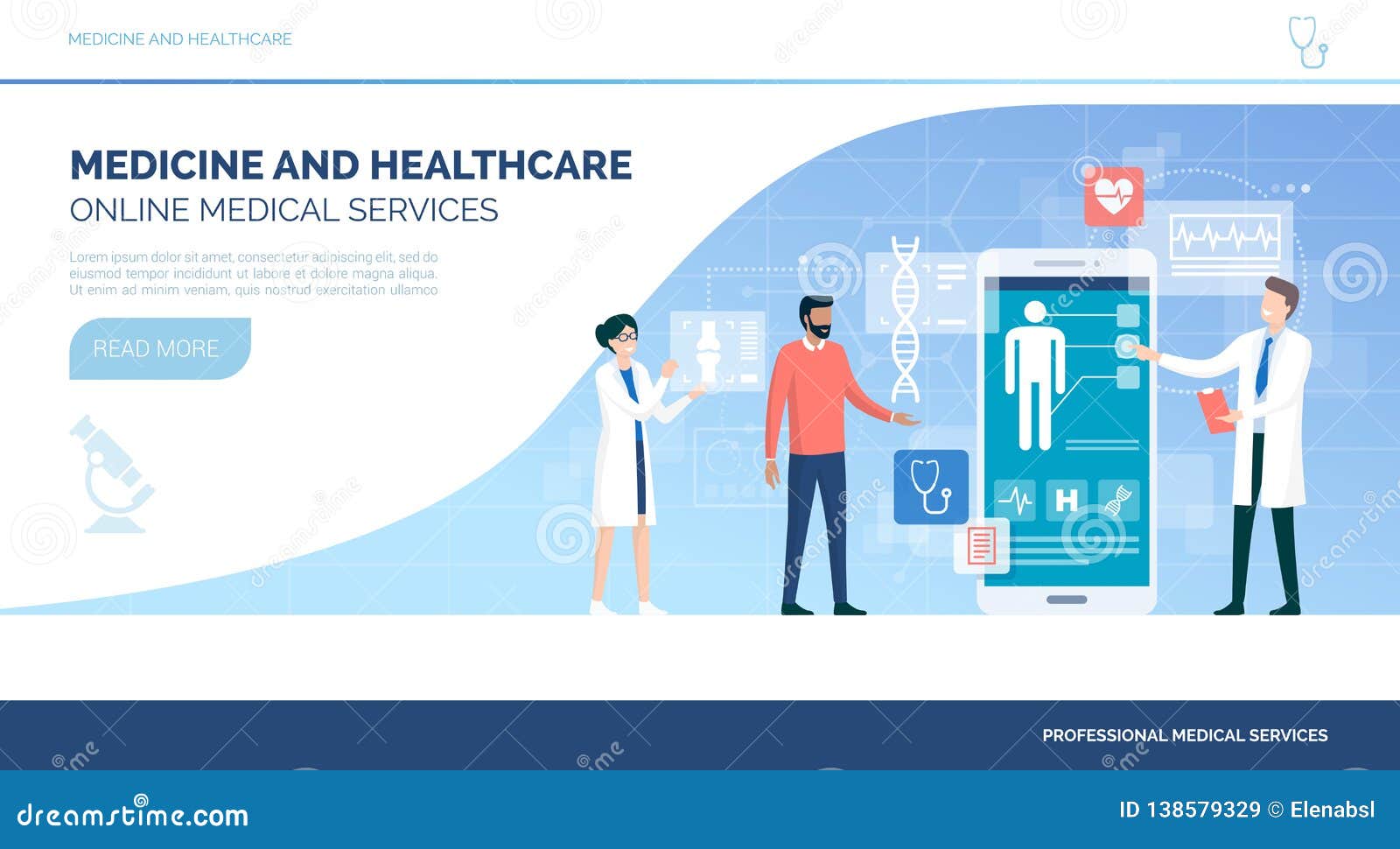Discover the Conveniences of Subscription Based Healthcare for Affordable Medical Care
Wiki Article
Comprehending the Cost-Effectiveness of Subscription-Based Medical Care Versions
As the health care landscape advances, subscription-based versions emerge as an engaging alternative, assuring to redefine how individuals manage medical costs. Evaluating these models' cost-effectiveness demands a nuanced comparison with conventional insurance, considering both economic implications and patient contentment. While they supply openness and predictability in expenses, concerns continue to be about their capacity to satisfy varied medical care requirements, especially for specialized treatments. The viewpoints of doctor better complicate this equation, presenting a complex challenge. What does the future hold for these versions, and can they truly deliver on their guarantee of obtainable, budget friendly treatment?Introduction of Subscription-Based Models
Subscription-based medical care models, often referred to as direct health care or attendant medication, are increasingly getting interest as a prospective remedy to inefficiencies within typical medical care systems. These models operate the principle of offering clients direct access to doctor via a month-to-month or annual charge, bypassing the demand for standard insurance policy mechanisms. This setup aims to enhance patient-provider communications by lowering management burdens, which usually impede timely and customized treatment.At the core of subscription-based models is the focus on a much more customized client experience. Clients profit from enhanced accessibility to their physicians, often including next-day or same-day visits, expanded examination times, and straight interaction channels such as phone or video telephone calls. This design cultivates a proactive approach to health care, where suppliers and individuals can collaboratively focus on preventative care and persistent condition administration.

Cost Comparison With Traditional Insurance

One of the main economic benefits of membership models is openness in costs. On the other hand, conventional insurance policy may be much more beneficial for individuals needing specialized treatment or expensive treatments not covered under a subscription version, as they profit from the wider insurance coverage network and cost-sharing mechanisms.
However, cost-effectiveness is context-dependent. While membership models could offer financial savings for those mainly requiring main treatment, people with persistent conditions or specialized medical care demands could discover standard insurance policy more comprehensive. Consequently, evaluating specific medical care needs and potential usage is crucial in identifying one of the most affordable option for individuals.
Effect On Person Satisfaction
Patient fulfillment within subscription-based healthcare designs usually reflects a significant improvement over typical insurance coverage systems. Unlike typical systems, where clients might experience hold-ups in getting care, subscription-based versions make sure even more straight and timely interactions with healthcare service providers.Furthermore, the transparency in costs connected with subscription-based health care eases the typical stress associated to unanticipated costs and complex billing processes seen in typical insurance coverage (subscription based healthcare). Individuals appreciate knowing the specific monetary dedication upfront, leading to raised trust and confidence in their healthcare monitoring
Additionally, the emphasis on preventative care and health in registration models contributes to improved wellness results, better boosting individual complete satisfaction. By concentrating on continuous wellness upkeep instead of anecdotal treatment, people experience an even more constant and all natural medical care journey.
Additionally, the improved provider-patient connection promoted in these versions, characterized by even more time invested per person and individualized interest, plays a critical role in boosting patient contentment degrees, as individuals feel genuinely taken care of and understood.
Company Experiences and viewpoints
From the carrier's viewpoint, subscription-based health care designs provide a transformative approach to delivering medical services. These check over here models highlight a preventative and positive healthcare approach, enabling suppliers to concentrate on detailed person treatment without the restraints of traditional fee-for-service plans (subscription based healthcare). This change in focus typically leads to improved person results and increased company contentment, as healthcare specialists can assign more time and resources to read patient engagement and personalized care strategiesIn addition, membership models promote foreseeable revenue streams, which enhance monetary security for medical care companies. This predictability permits improved resource planning and allocation, adding to a more efficient medical care shipment system. Companies can invest in personnel facilities, training, and modern technology renovations, therefore boosting the quality of treatment supplied.
Nevertheless, the transition to subscription-based designs is not without difficulties. Despite these hurdles, lots of providers locate that the benefits of raised client communication and structured operations exceed the preliminary difficulties, making subscription-based designs an attractive option.
Future Leads and Obstacles

A main difficulty is regulatory conformity, as membership versions need to abide by evolving medical care policies and insurance policy needs. This requires continuous adjustment and advancement to guarantee alignment with lawful criteria. Furthermore, incorporating these designs into existing medical care facilities can be intricate, requiring considerable financial investments in innovation and training.
There is also the prospective threat of producing inequities in healthcare access, as subscription versions might prefer those that can afford them, leaving prone populations underserved. Resolving this calls for thoughtful consideration of pricing strategies and aid mechanisms to ensure inclusivity.
Verdict
Subscription-based healthcare designs present a feasible alternative to conventional insurance coverage by supplying financial predictability and openness, especially profiting people with persistent problems or regular health care demands. The cost-effectiveness of these models is contingent upon individual healthcare usage patterns and circumstances. While they might improve individual contentment and streamline budgeting, challenges continue to be in dealing with specialized treatment requirements. Future factors to consider include balancing detailed coverage with Get the facts cost and integrating these models within the broader medical care system for optimum outcomes.Subscription-based healthcare designs, occasionally referred to as straight main treatment or attendant medication, are increasingly gaining attention as a possible service to ineffectiveness within typical healthcare systems. Unlike standard systems, where individuals could experience hold-ups in getting care, subscription-based designs guarantee even more direct and timely interactions with medical care suppliers.
These designs emphasize a proactive and preventative medical care method, permitting service providers to concentrate on detailed individual treatment without the restrictions of typical fee-for-service arrangements. As these models proceed to obtain grip, they supply the possible to reinvent individual access to care, enhance solution shipment, and enhance health care investing.Subscription-based healthcare versions provide a sensible option to standard insurance coverage by providing economic predictability and transparency, especially profiting individuals with persistent problems or frequent healthcare needs.
Report this wiki page